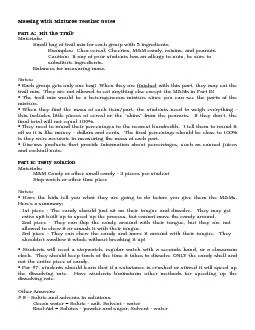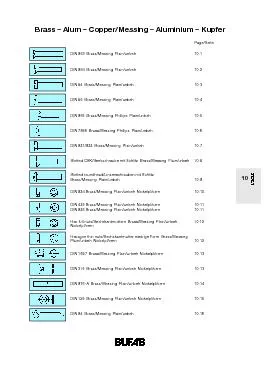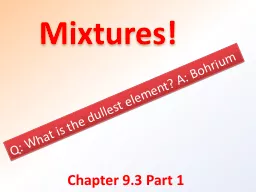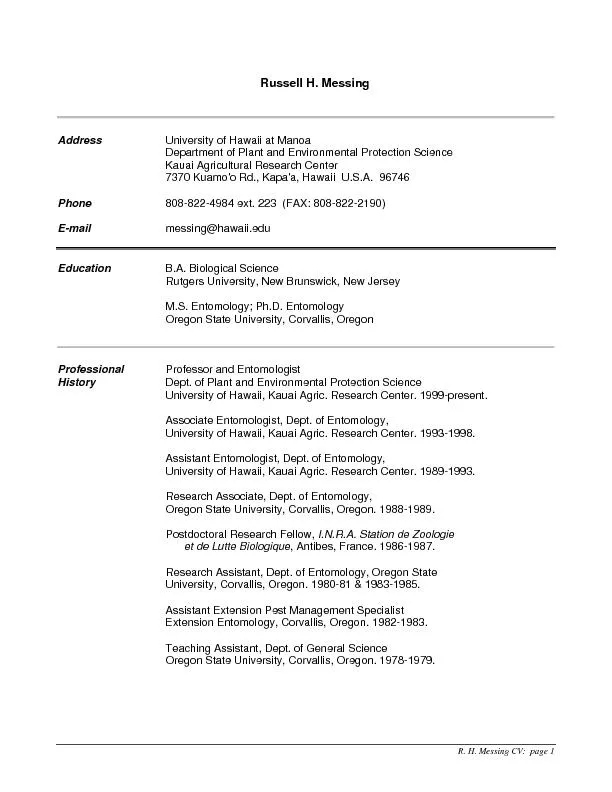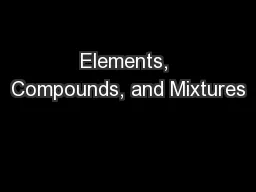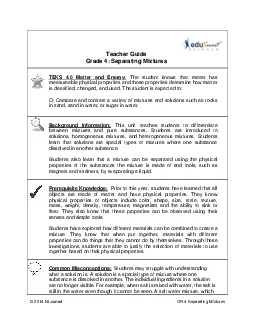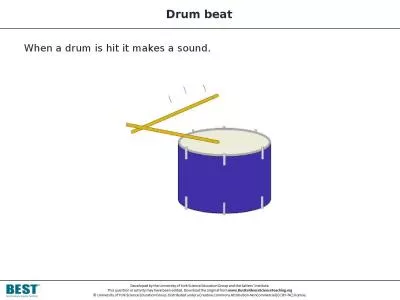PDF-Messing With Mixtures Teacher NotesPart A: Hit the Trail!Materials:
Author : ellena-manuel | Published Date : 2015-09-04
with this part they may eat the trail mix They are not allowed to eat anything else except the MMs in Part B
Presentation Embed Code
Download Presentation
Download Presentation The PPT/PDF document "Messing With Mixtures Teacher NotesPart ..." is the property of its rightful owner. Permission is granted to download and print the materials on this website for personal, non-commercial use only, and to display it on your personal computer provided you do not modify the materials and that you retain all copyright notices contained in the materials. By downloading content from our website, you accept the terms of this agreement.
Messing With Mixtures Teacher NotesPart A: Hit the Trail!Materials:: Transcript
Download Rules Of Document
"Messing With Mixtures Teacher NotesPart A: Hit the Trail!Materials:"The content belongs to its owner. You may download and print it for personal use, without modification, and keep all copyright notices. By downloading, you agree to these terms.
Related Documents

